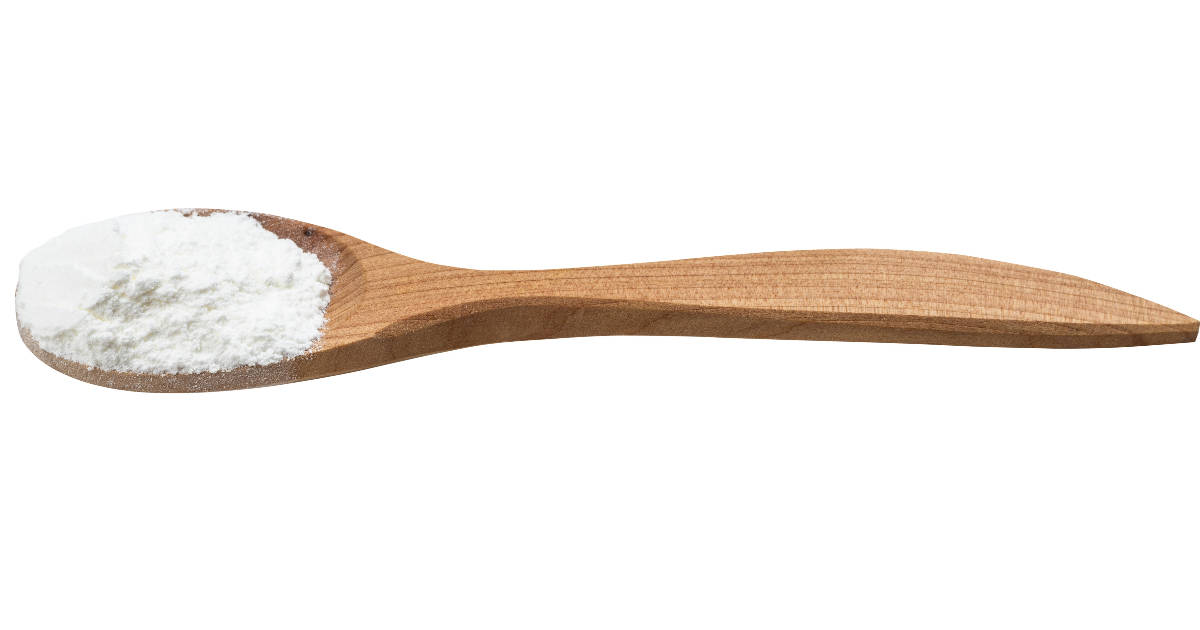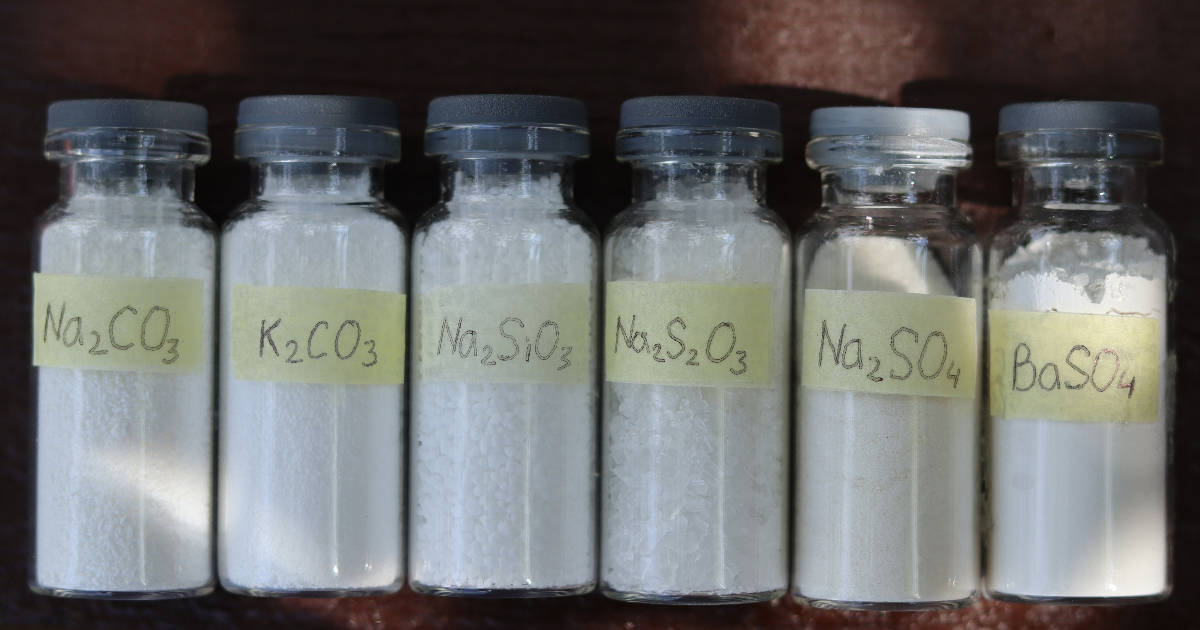Baking powder is an essential ingredient in baking that helps batter and dough rise. It makes cakes, cookies, muffins, and other baked goods light and fluffy. But have you ever wondered who invented baking powder and how it became such a staple in kitchens around the world?

Baking powder has a fascinating history spanning over 200 years. Its invention revolutionized baking and gave rise to new types of cakes, biscuits, and other quick breads. Let's take a look at the origins of baking powder and the innovators who created it.
Yeast and Other Early Leavening Agents
For thousands of years, bakers used yeast to make bread rise. But yeast can be slow and unpredictable. In early America, cooks experimented with other leavening agents to speed up the baking process.
| Early Leavening Agents | |
|---|---|
| Yeast | Unpredictable and slow |
| Pearlash | Made from ashes |
| Smelling Salts | Unpleasant taste |
| Ammonia | Gave bad flavor |
| Baking Soda | Reacted with sour milk |
| Cream of Tartar | Had to be imported |

Pearlash, a refined form of potash, became popular in the late 1700s. It was made by boiling potash from fireplace ashes in water to extract potassium carbonate. When pearlash was combined with an acidic ingredient like lemon juice, it produced carbon dioxide bubbles that leavened the batter.
Other early leavening experiments involved volatile substances like smelling salts and ammonia. But most of these gave baked goods an unpleasant taste.
In the 1840s, baking soda (bicarbonate of soda) was introduced as a leavening agent. It reacted with sour milk to produce carbon dioxide. However, the acidity of sour milk varied unpredictably.
Cream of tartar, a byproduct of winemaking, was another option. But it had to be imported from Europe, making it expensive.
These agents were a step forward but still tricky for bakers to work with. Chemists began looking for ways to combine and stabilize leavening ingredients.
Key Takeaway: Before modern baking powder, bakers struggled with yeast, pearlash, and other unpredictable leavening agents. Chemists sought a shelf-stable product that would make baking quicker and easier.
Alfred Bird - The First Baking Powder
The first modern baking powder was invented by British food manufacturer Alfred Bird in 1843.
Alfred Bird developed it for his wife Elizabeth, who was allergic to yeast and eggs. He combined sodium bicarbonate and cream of tartar with cornstarch to absorb moisture.
This single-acting baking powder reacted quickly when mixed with water. Bird did not patent his formula, but others soon produced similar products.
Bird's baking powder allowed British bakers to achieve new heights in cakes like the Victoria Sponge. Although he did not market it widely, his invention launched the baking revolution.
Eben Horsford - Phosphate Baking Powder
In 1856, American chemist Eben Horsford received a patent for an improved baking powder formulation using calcium acid phosphate instead of cream of tartar.
Horsford learned of phosphoric acid while studying chemistry in Germany under Justus von Liebig. He developed a method to extract calcium acid phosphate from bones.
When combined with baking soda, calcium acid phosphate produces carbon dioxide in two stages. One reaction occurred when liquid was added, and a second reaction happened when the mixture was heated during baking.
Horsford co-founded the Rumford Chemical Works to manufacture his new phosphate baking powder. He published a book in 1861 promoting his baking powder and the science behind it.
Horsford's phosphate formulation revolutionized the availability and affordability of baking powder in the United States. The technique is still used in some brands today.
The Rise of Modern Commercial Baking Powder
In the 1860s and 70s, several companies brought baking powder to the mass market and battled for consumer loyalty.
| Major Baking Powder Developers | |
|---|---|
| Alfred Bird | First baking powder in 1843 |
| Eben Horsford | Created phosphate baking powder in 1856 |
| Royal Baking Powder | Launched in 1866 with cream of tartar |
| Calumet Baking Powder | Affordable formula with sodium aluminum sulfate in 1889 |
| Clabber Girl Baking Powder | Introduced in 1899 with sodium aluminum sulfate |
Royal Baking Powder was introduced in 1866 and used cream of tartar rather than phosphates. The company claimed its product was healthier and safer, but it was more expensive.
Calumet Baking Powder hit the scene in 1889 with an affordable formula using sodium aluminum sulfate. Rival companies condemned aluminum compounds as unsafe, but Calumet grew in popularity.
Clabber Girl Baking Powder, launched in 1899, also used sodium aluminum sulfate. It marketed itself as a modern and scientific product, despite opponents labeling it "unnatural."
Other brands also jumped into the increasingly competitive and contentious baking powder business. Advertising wars tried to sway public perception, but affordability won out.
Calumet and Clabber Girl endured as the biggest baking powder companies. Today Clabber Girl controls about two-thirds of the U.S. market share.
Baking Powder Spreads Worldwide
The use of baking powder spread internationally, adapted to local cuisines.
In Germany, Dr. Oetker launched a phosphate-based baking powder for home bakers in 1893. It is still popular there today.
During World War II, a baking powder shortage led a Maine inventor to create Bakewell Baking Powder using sodium aluminum sulfate. It was marketed as a homemade alternative.
Baking powders vary somewhat in their formulations and performance, but the basic concept remains the same worldwide.
The Lasting Impact of Baking Powder's Invention
The development of reliable chemical leavening agents like baking powder dramatically changed how bakers worked.
Instead of waiting for the dough to rise from yeast fermentation, they could quickly mix up batters and bake them right away. This allowed for a whole new range of baking recipes.
Biscuits, muffins, pancakes, cakes, and other "quick breads" became staples. Cookies went from a luxury to an everyday treat. Baking became more accessible, efficient, and consistent.
While yeast is still used for bread, baking powder is now an essential ingredient around the world. It fulfills the convenience that early chemists aimed to provide home bakers and revolutionized baking traditions.
So the next time you bake up a batch of light and fluffy muffins or cakes, you have 19th-century innovators like Alfred Bird and Eben Horsford to thank! Their baking powder discoveries changed kitchens forever.
FAQ
Who invented baking powder?
The first modern baking powder was invented by British chemist Alfred Bird in 1843, who developed it as an egg-free substitute for yeast. American chemist Eben Horsford later improved baking powder by using calcium acid phosphate instead of cream of tartar.
Why was baking powder invented?
Baking powder was invented to provide an easier, faster, and more reliable way to make baked goods rise compared to natural yeast. It allowed bakers to create a new range of "quick bread" recipes like muffins, biscuits, and cakes that didn't require waiting for yeast to ferment.
How did baking powder change baking?
Baking powder revolutionized baking by drastically reducing the time and variability involved with yeast leavening. Bakers could quickly make light and airy baked goods by just mixing batter and baking it right away. This gave rise to new baked recipes and ingredients for home cooks.
What was used before baking powder?
Before baking powder, bakers primarily relied on yeast for leavening. Some also used unpredictable home leaveners like ammonia, pearlash, or baking soda with sour milk or cream of tartar. Chemists sought to create a shelf-stable leavening ingredient that worked consistently.
What chemical reaction causes the baking powder to work?
Baking powder contains sodium bicarbonate (base) and an acid salt. When liquid is added, an acid-base reaction occurs that produces carbon dioxide bubbles. Some baking powders also contain a second acid that reacts again when heated to release more bubbles during baking.
Conclusion
Baking powder may seem like a common pantry staple today. However, its invention dramatically impacted baking and fueled the creation of new, leavened recipes.
Early chemists like Alfred Bird and Eben Horsford transformed home baking with their revolutionary formulations. Their work brought reliable chemical leavening to kitchens around the world and forever changed the course of cooking history.
So the next time you grab that familiar can of baking powder, appreciate the innovation that went into its development. It's more influential than you might think!

